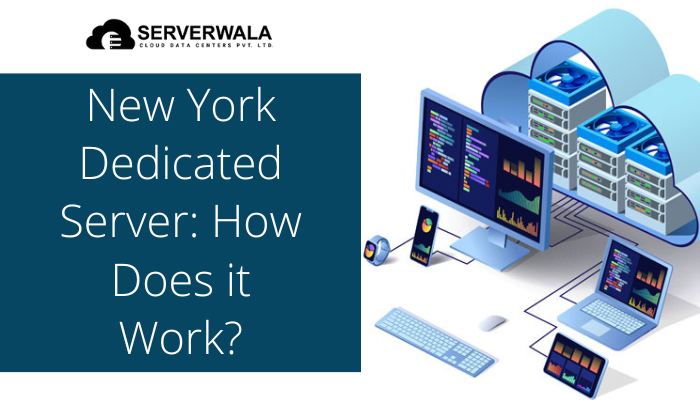Cloud computing has revolutionized the way businesses operate, offering scalability, flexibility, and accessibility to a wide array of services and resources. However, as organizations increasingly migrate to the cloud, managing and optimizing costs become paramount. This article explores the significance of cloud cost optimization, strategies to achieve it, and its impact on businesses.
Understanding Cloud Cost Optimization
Cloud cost optimization refers to the process of managing cloud resources and services in a way that maximizes efficiency and minimizes expenses without compromising performance or security. It involves strategic planning, monitoring, and implementing measures to control, forecast, and optimize cloud spending.
The Importance of Cloud Cost Optimization
- Cost Efficiency: Efficiently managed cloud costs lead to significant savings for businesses, allowing them to allocate resources more effectively.
- Scalability: Optimization ensures that resources scale according to demand, preventing over-provisioning and unnecessary expenses.
- Budget Control: With proper optimization strategies, businesses gain better control over their budgets, avoiding unexpected cost overruns.
- Resource Utilization: Optimization enhances resource utilization, ensuring that allocated resources are utilized effectively.
Challenges in Cloud Cost Management
- Complex Pricing Models: The complexity of pricing models across different cloud service providers can make cost estimation and management challenging.
- Unused Resources: Organizations often struggle with identifying and managing unused or underutilized resources, leading to unnecessary costs.
- Lack of Visibility: Inadequate visibility into resource usage and costs can hinder effective cost management and optimization efforts.
Strategies for Cloud Cost Optimization
- Right Sizing: Analyze resource usage patterns and right-size instances to match actual needs, avoiding over-provisioning.
- Reserved Instances and Savings Plans: Commit to reserved instances or savings plans offered by cloud providers to benefit from discounted pricing for long-term usage.
- Auto-Scaling and Automation: Implement auto-scaling to dynamically adjust resources based on demand, optimizing costs during peak and off-peak periods.
- Tagging and Resource Allocation: Use tagging and resource allocation to categorize and track expenses, facilitating better cost attribution and management.
- Optimization Tools and Analytics: Leverage cloud-native or third-party tools for monitoring, analytics, and recommendations to identify cost-saving opportunities.
Best Practices for Effective Cost Optimization
- Regular Monitoring and Review: Continuously monitor usage patterns, costs, and performance metrics to identify areas for optimization.
- Collaboration and Governance: Establish clear governance policies and foster collaboration among teams to ensure adherence to cost optimization strategies.
- Cost Allocation and Accountability: Assign ownership and accountability for resource usage and costs, encouraging responsible usage across departments.
- Continuous Improvement: Adopt a culture of continuous improvement, regularly reviewing and refining optimization strategies as business needs evolve.
Benefits of Cloud Cost Optimization
- Cost Savings: Optimization efforts lead to significant cost savings by eliminating unnecessary spending and improving resource utilization.
- Improved Performance: By right-sizing resources and optimizing configurations, performance can be enhanced without additional expenses.
- Better Planning and Budgeting: Predictable costs enable better budget planning, allowing businesses to allocate resources more efficiently.
- Scalability and Flexibility: Optimized resources facilitate better scalability, ensuring that resources match demand effectively.
Real-world Examples of Cost Optimization
- Netflix: By utilizing its own content delivery network (CDN) and optimizing infrastructure, Netflix reduced its cloud costs significantly while handling massive traffic efficiently.
- Pinterest: Pinterest optimized its cloud usage by implementing automated tools to right-size instances, leading to substantial cost savings.
- Airbnb: Through careful monitoring and utilization of reserved instances, Airbnb optimized its cloud costs while ensuring scalability.
Future Trends in Cloud Cost Optimization
- Serverless Computing: The adoption of serverless architectures will influence cost optimization, offering pay-per-use models and reducing operational overhead.
- AI-driven Optimization: AI and machine learning will play a significant role in analyzing usage patterns, predicting costs, and recommending optimization strategies.
- Multi-Cloud Optimization: With the increasing use of multi-cloud environments, optimizing costs across various cloud providers will become more critical.
Conclusion
Cloud cost optimization is a crucial aspect of managing cloud resources effectively, ensuring that businesses derive maximum value from their investments in the cloud. By adopting strategies focused on efficiency, scalability, and continuous improvement, organizations can not only control costs but also enhance performance, agility, and competitiveness in a rapidly evolving digital landscape.



